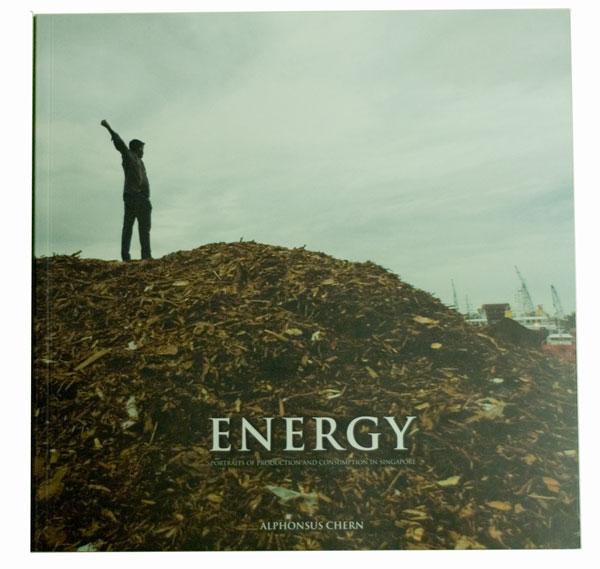“We do not have to stand in the position of the one who knows,
but perhaps stand in the position of one who questions.”
— Robert Blake
In a time of information explosion, it seems the best answer to any question is really more questions. From the perspective of the one being asked, the concern is how does one dare to be definitive when there is so much information out there? More importantly, a question opens up possibilities by continuing the questioner’s quest to learn instead of ending it, and also opens up a dialogue between the two.
This was the form of curation that Robert Blake, a former Chair of the International Centre of Photography’s General Studies Program, advocated at the Singapore International Photography Festival’s Curatorial Forum, one that was inviting and open rather than one that purely informs.
Such a stand can be extended to all works of expressions. After all, a question prods the minds of the audience to actively seek an answer instead of simply being a passive receiver. This engages the audience by giving them the space to create their own conclusions. It is this act of creation, of allowing the reader to decide, that makes a work gets “owned” and is more lasting because it creates a dialogue that could go anywhere. And it is also not forestalling the possibilities, the lack of definiteness in answers, that is the most exciting product of a great work.
This approach is grounded in one solution to the dilemma of representation today: that is how to embrace plurality. As Blake postulated, how does one look at history in less narrow terms so as to recognise the multitude of frames — colonialism, nationalism — that can and has been placed over it.
While the energy represented by such a vision is truly uplifting, one wonders how this could be abused as an excuse for vague works, the fear of engaging an issue head-on, or simply encourage an atmosphere of anything goes. That is the problem when one widens gates that were once narrow, you let in the good and also the bad.
 With a flick of a switch, your room is light up, your computer starts up and your fan turns on, but have you ever wondered how that happens?
With a flick of a switch, your room is light up, your computer starts up and your fan turns on, but have you ever wondered how that happens?
